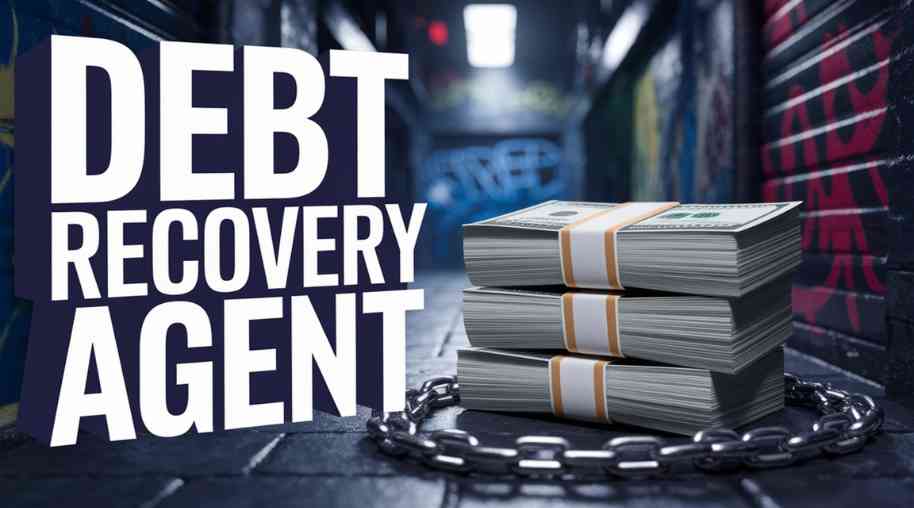WCDL Full Form-Working Capital Demand Loan
by Shashi Gaherwar
0 1942
Working Capital Demand Loan: Fueling Business Liquidity
The Working Capital Demand Loan (WCDL) is a flexible, short-term financing option that helps businesses maintain operational liquidity, cover daily expenses, and manage cash flow fluctuations. Unlike term loans with fixed repayment schedules, WCDLs are repayable on demand, offering high liquidity.

This article explores the features, benefits, eligibility, and application process of WCDLs, guiding businesses on their effective use.
What is a Working Capital Demand Loan (WCDL)?
A Working Capital Demand Loan (WCDL) is a short-term credit facility offered by banks and financial institutions to fund a business’s working capital needs. Designed for immediate liquidity, it can be recalled by the lender at any time.
Key Features:
- Short-Term Nature: Funds operational expenses and cash flow gaps.
- On-Demand Repayment: Lenders can demand repayment anytime.
- Secured or Unsecured: May require collateral or rely on creditworthiness.
- Flexible Usage: Covers inventory, payroll, or other operational costs.
- Competitive Interest Rates: Generally lower than overdraft facilities, varying by lender.
How Does a Working Capital Demand Loan Work?
The WCDL process includes:
- Loan Application: Businesses apply through a bank or financial institution.
- Approval & Disbursement: Lenders evaluate financials and disburse funds.
- Usage: Funds support working capital needs like inventory or salaries.
- Repayment: Lenders may demand repayment within the loan tenure.
- Renewal or Closure: Businesses can repay and close the loan or request renewal.
Eligibility Criteria for WCDL
Businesses must meet specific criteria to qualify for a WCDL:
- Operational Business: Must be actively running for a specified period.
- Stable Financial Health: Requires good credit history and consistent revenue.
- Business Turnover: Many lenders set a minimum annual turnover.
- Collateral (if required): Some loans need assets as security.
- Banking Relationship: Existing bank customers may have better approval chances.
Benefits of Working Capital Demand Loan
WCDLs offer several advantages:
- Immediate Access to Funds: Addresses urgent liquidity needs, ensuring smooth operations.
- Flexible Repayment Terms: No fixed EMIs, ideal for seasonal businesses with fluctuating income.
- Cost-Effective Financing: Lower interest rates than overdrafts, reducing long-term debt burdens.
- Business Growth: Supports new projects, expansion, or bulk inventory purchases.
- Improved Cash Flow: Covers short-term financial gaps, preventing operational disruptions.
Drawbacks and Risks of WCDL
Despite their flexibility, WCDLs have risks:
- Repayment on Demand: Sudden repayment demands may strain business finances.
- Interest Rate Variability: Rates may fluctuate based on market conditions or lender policies.
- Collateral Requirement: Secured loans may require assets, while unsecured ones have higher rates.
- Impact on Credit Score: Non-repayment or delays can harm credit ratings.
How to Apply for a Working Capital Demand Loan
Businesses can follow these steps to apply for a WCDL:
- Assess Financial Needs: Determine the required working capital amount.
- Compare Lenders: Research banks and institutions offering WCDLs.
- Prepare Documents: Include financial statements, bank statements, tax returns, business registration, and collateral details (if applicable).
- Submit Application: Apply online or at a lender’s branch.
- Loan Evaluation & Approval: The lender assesses eligibility and disburses funds upon approval.
The Working Capital Demand Loan (WCDL) is a powerful tool for businesses needing short-term liquidity to manage operations. Its flexibility, cost-effectiveness, and quick access to funds make it ideal for addressing cash flow gaps. However, businesses must evaluate repayment capabilities and choose lenders carefully to mitigate risks. By using WCDLs strategically, companies can ensure financial stability and seize growth opportunities.
Further Learning Resources
If you’re passionate about building a successful blogging website, check out this helpful guide at Coding Tag – How to Start a Successful Blog. It offers practical steps and expert tips to kickstart your blogging journey!
For dedicated UPSC exam preparation, we highly recommend visiting www.iasmania.com. It offers well-structured resources, current affairs, and subject-wise notes tailored specifically for aspirants. Start your journey today!

Share:








Comments
Waiting for your comments